1. The “Electric Facial” Shock Treatment
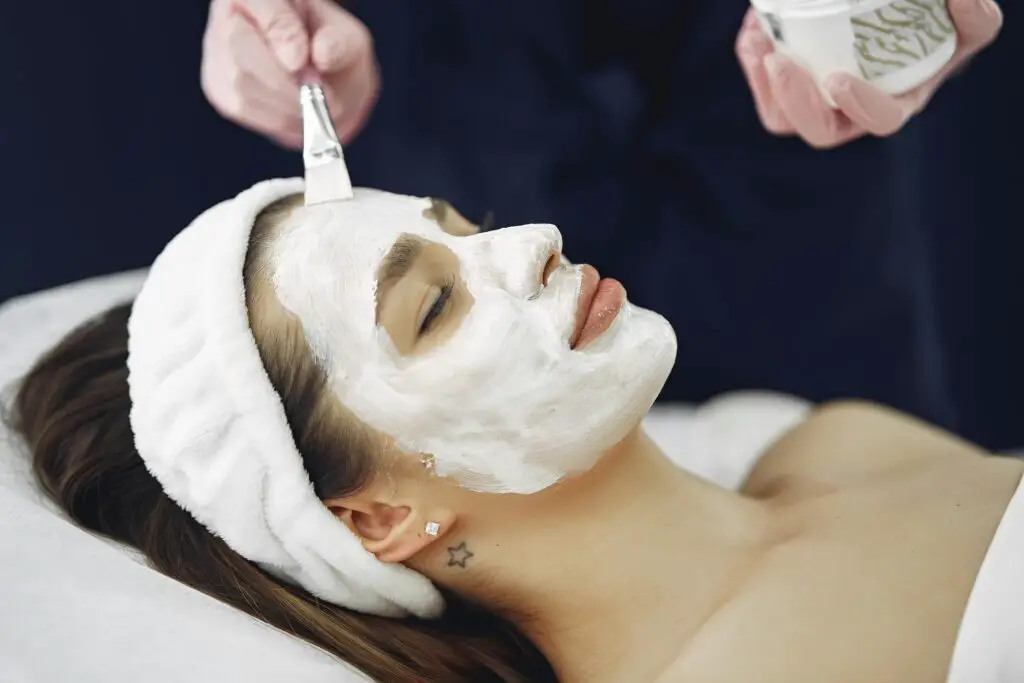
In the early 1900s, some beauty salons offered an unusual facial treatment known as the “electric facial.” This process involved using electrical currents to stimulate facial muscles, which was supposed to improve skin tone and tighten sagging skin. The shock of the current was meant to refresh and rejuvenate, but most people found it to be painful and a bit too much of a jolt to their system.
While it was marketed as a revolutionary beauty treatment, the idea of applying electricity directly to the skin might make modern beauty buffs cringe. With no real scientific backing, the electric facial faded into history, and today, people prefer a more relaxing facial massage.
2. The “Pigeon Poop Facial”
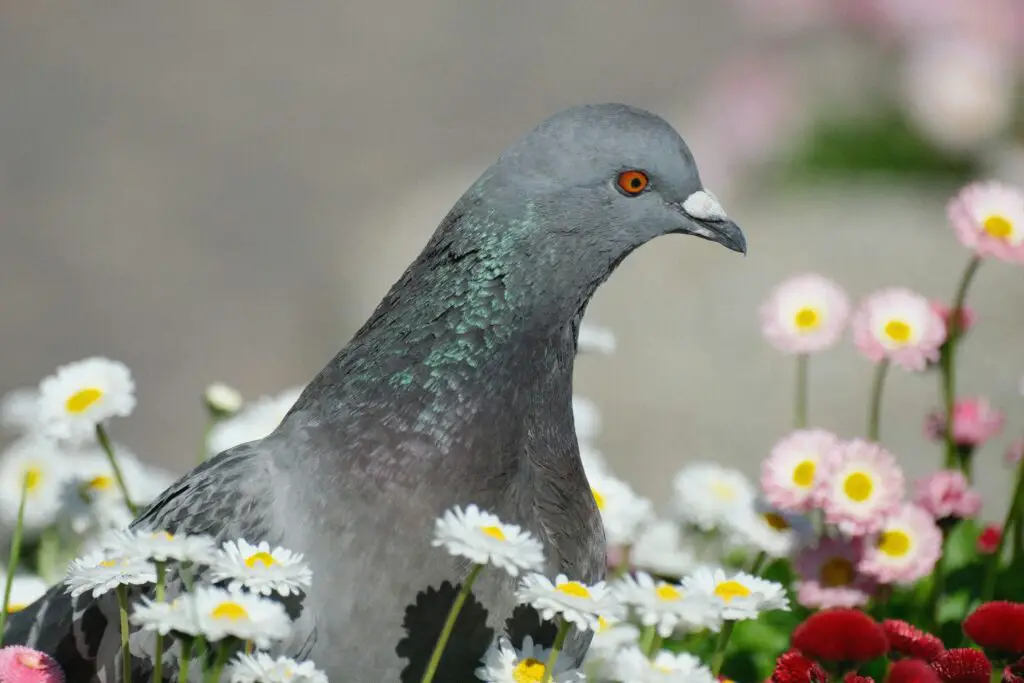
Yes, you read that right: one of the most bizarre beauty treatments from the past involved applying a mixture made from pigeon droppings to the face. This treatment, popular among Japanese women during the 18th century, was believed to lighten skin and improve complexion. The guano was thought to have natural enzymes that exfoliated and rejuvenated the skin.
While it might sound like something straight out of a horror movie, people actually paid for the treatment. These days, bird droppings are rarely seen as a beauty miracle, and we’d much rather stick to ingredients we can pronounce without squirming.
3. The “Corset Waist Training” Trend
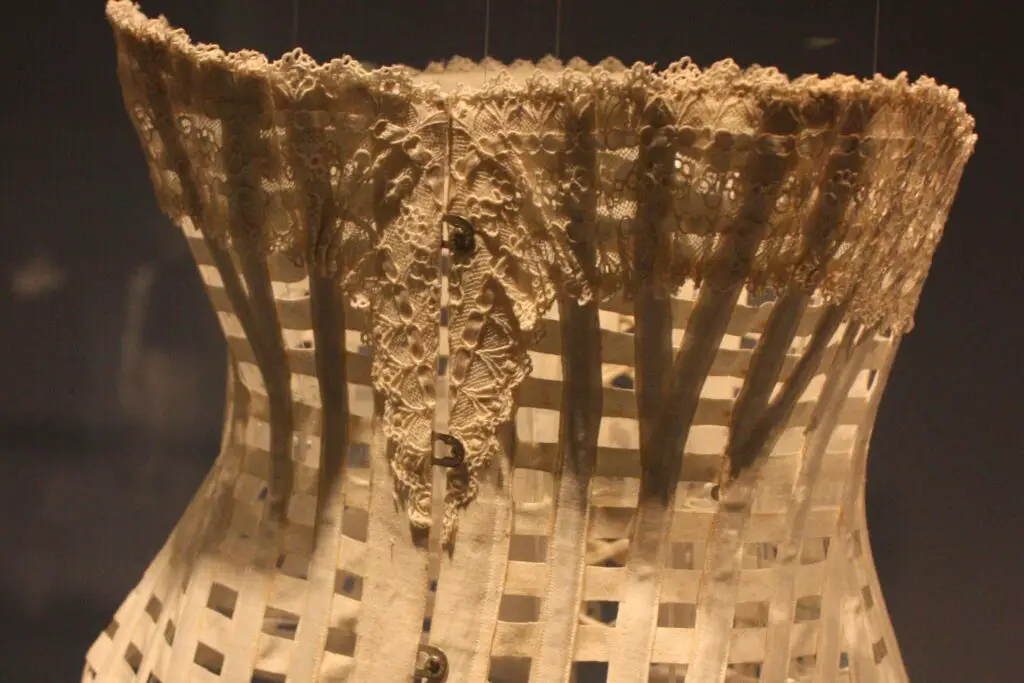
Long before waist trainers were a fashionable Instagram trend, the corset was the go-to method for shaping the body. Women in the 19th century would squeeze into these restrictive garments for hours, hoping to achieve an impossibly tiny waist. The corsets were laced so tightly that they could physically compress internal organs and leave wearers gasping for air.
While some might argue that this was an early form of body modification, the side effects were far from glamorous. Many women suffered from rib damage, fainting spells, and even organ displacement. This treatment was the very definition of beauty over comfort.
4. The “Turkish Bath” Detox
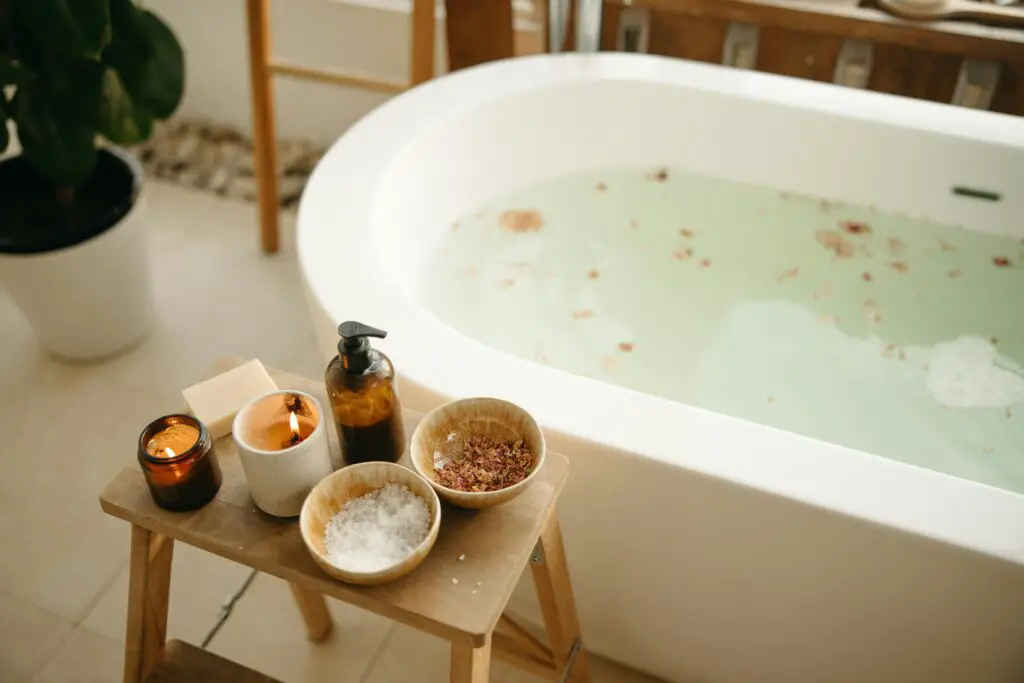
In the 19th century, some beauty treatments involved extreme methods of detoxification, and the Turkish bath was no exception. This treatment involved sitting in a scorching hot steam room for hours to open pores and sweat out impurities. Afterward, participants were often scrubbed vigorously by attendants, which could lead to bruising.
While a sauna or steam room might seem like a soothing way to relax today, the idea of extreme heat combined with rough scrubbing to “detox” was borderline brutal. It’s safe to say we’ve moved on from these intense treatments in favor of gentler spa options.
5. The “Hair-Pulling” Epidemic
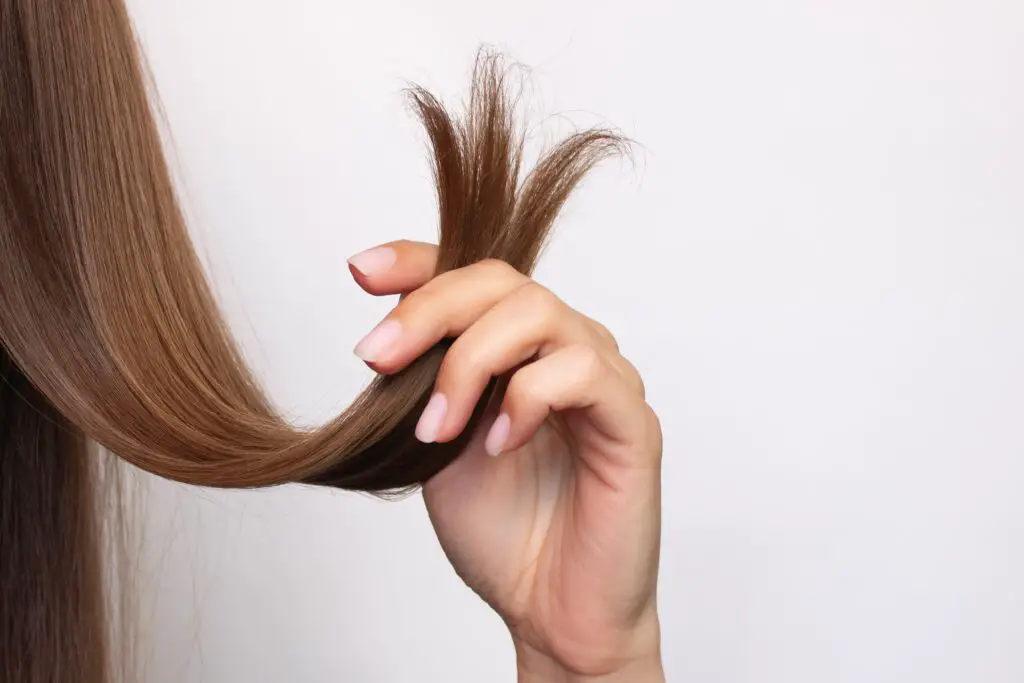
Before the invention of modern hair treatments, some beauty trends took a particularly painful route to achieve the perfect locks. In the 19th and early 20th centuries, women seeking longer, thicker hair would often use hairpieces and accessories that involved pulling at the natural hair, causing tension and damage.
Known as “hair pulling” or “tugging,” this practice was said to enhance volume, but it came at a price. It left many women with thinning hairlines and scalp damage, a sacrifice for beauty that seems more like self-inflicted torment now.
6. The “Arsenic Complexion” Treatment
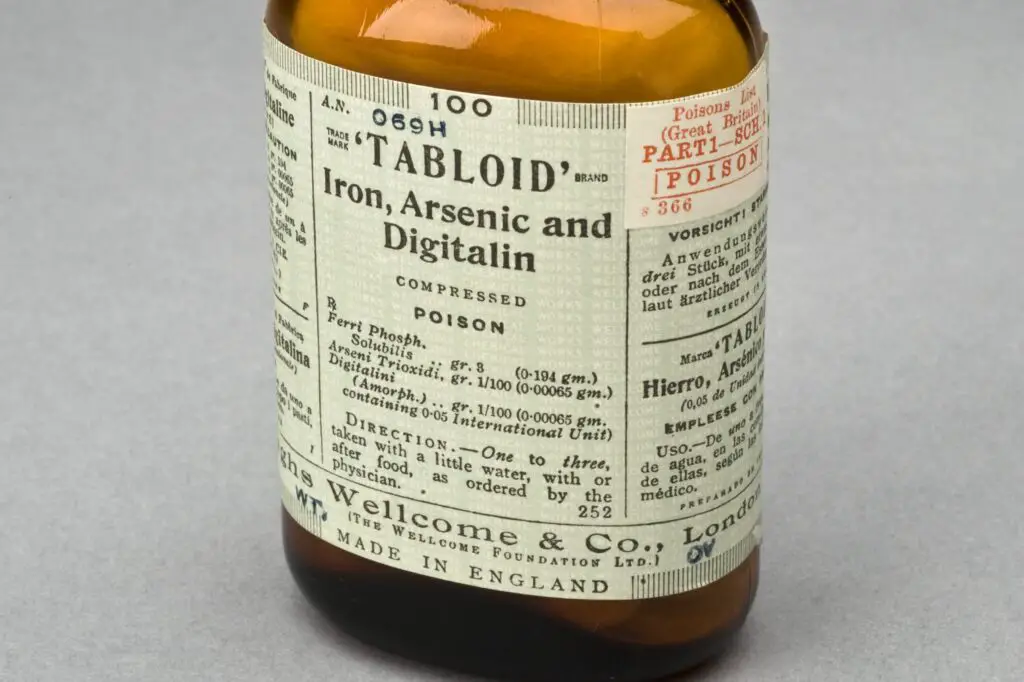
In the 19th century, the quest for pale, flawless skin took a dark turn with the use of arsenic. This deadly chemical was believed to lighten the skin and treat acne. People would either ingest it or apply it topically in hopes of achieving the porcelain complexion that was so revered at the time.
Despite its dangerous side effects, such as vomiting, internal damage, and even death, the arsenic complexion trend persisted for a while. Today, arsenic is known for its toxicity, and we can safely say that glowing skin has never been worth the risk.
7. The “Grape Seed Extract” Facial

During the early 1900s, grape seed extract was a common ingredient in skin-care treatments, including facials. However, the real kicker here was how it was used—often mashed directly onto the face in raw form. The acidic juice and seeds were supposed to tighten pores and exfoliate the skin.
Although it was a natural approach, the rawness of the treatment caused irritation and sensitivity for many people. Modern facials have certainly come a long way from this overly abrasive technique, where you’d leave feeling more irritated than refreshed.
8. The “Hummingbird Wing” Eyelash Treatment

In the 1800s, it was a popular beauty hack to pluck tiny hairs from the wings of hummingbirds and attach them to your own eyelashes to create a fuller look. This intricate procedure was seen as the epitome of luxury and exclusivity at the time. Unfortunately, the delicate nature of hummingbird wings made the process highly impractical—and probably not very sanitary either.
Today, we’d rather stick to eyelash extensions or mascara than resort to using actual bird wings for beauty enhancement. Hummingbirds everywhere would probably appreciate that.
9. The “Venus Bath” Water Therapy
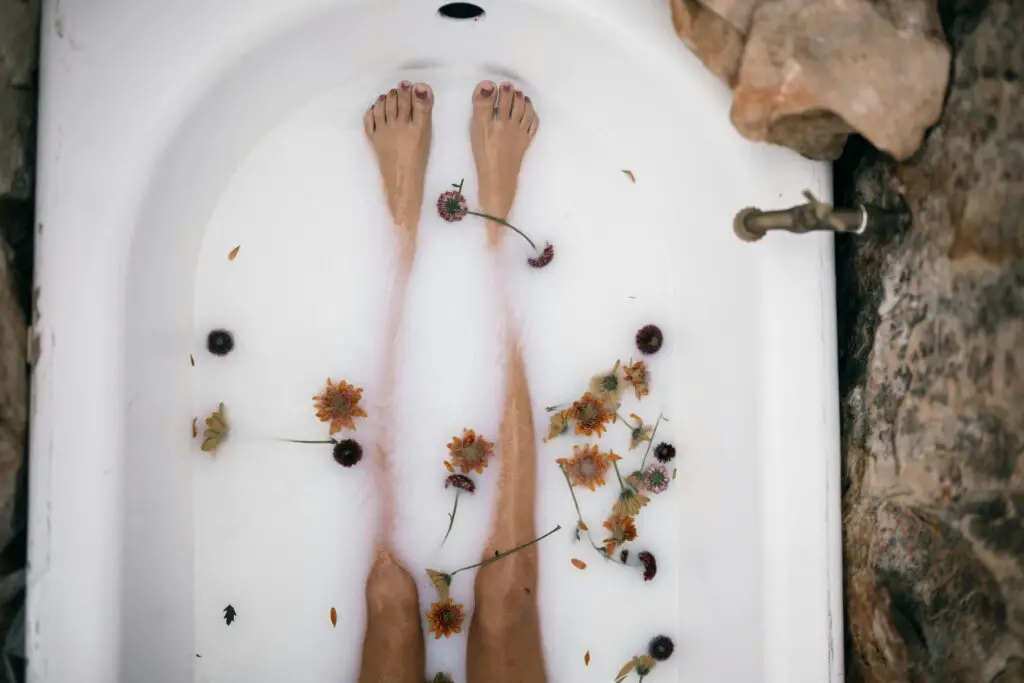
Named after the Roman goddess of beauty, the Venus Bath involved women soaking in water laced with various ingredients like milk, honey, and sometimes even wine. While these substances were thought to soften and beautify the skin, the process was often long, uncomfortable, and impractical.
We can’t imagine the sheer amount of preparation and clean-up involved, not to mention how sticky some of those ingredients could have been. Thankfully, beauty products today are much more practical and less messy than a dip in a vintage Venus Bath.
10. The “Fainting” Beauty Cure
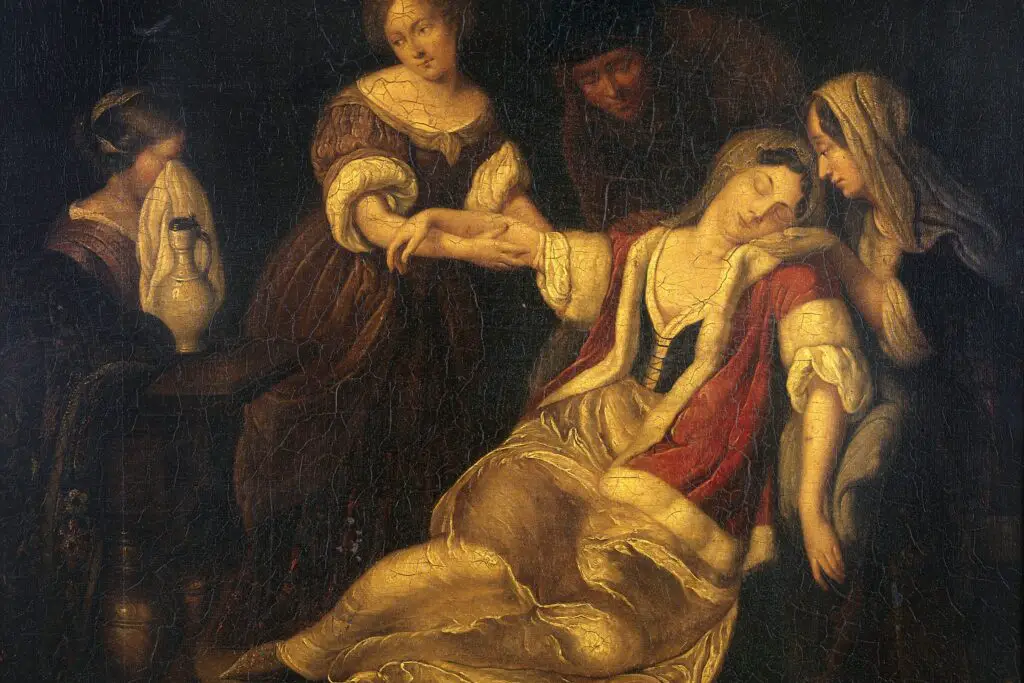
In the Victorian era, it wasn’t uncommon for women to faint as a form of beauty treatment. The fainting process, often triggered by tight corsets or being kept in overly hot rooms, was believed to give women an ethereal, delicate appearance. Some even saw it as a way to maintain youthful, pale skin, as if being physically weak somehow added to a woman’s charm.
Of course, this dangerous trend led to many health complications and became a symbol of how far women would go in the name of beauty. These days, fainting is seen as a sign of distress, not refinement.
11. The “Snail Slime” Skin Care

While snail slime has made a bit of a comeback in modern skincare, its use as a beauty treatment dates back to ancient Greece. The slime was believed to have rejuvenating and healing properties, so it was smeared on the skin for a youthful glow.
It might sound like something from a sci-fi movie, but the application of snail mucus was quite common. While some people swear by it today, it’s safe to say that most would rather pass on the sticky mess in favor of something more conventional.
12. The “Mercury” Face Powder
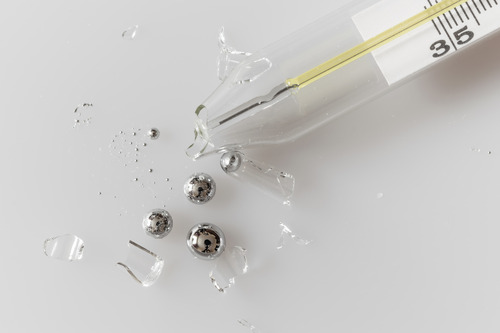
For much of history, women seeking a flawless, fair complexion turned to toxic mercury. This substance was ground into fine powder and used in face creams and powders. It was especially popular in the 18th and 19th centuries, despite the fact that mercury is highly toxic.
Long-term use of mercury-containing products could lead to mercury poisoning, causing severe health issues like memory loss and even death. Thank goodness beauty standards have shifted to safer, more effective products!
13. The “Cold Cream and Hot Towel” Routine
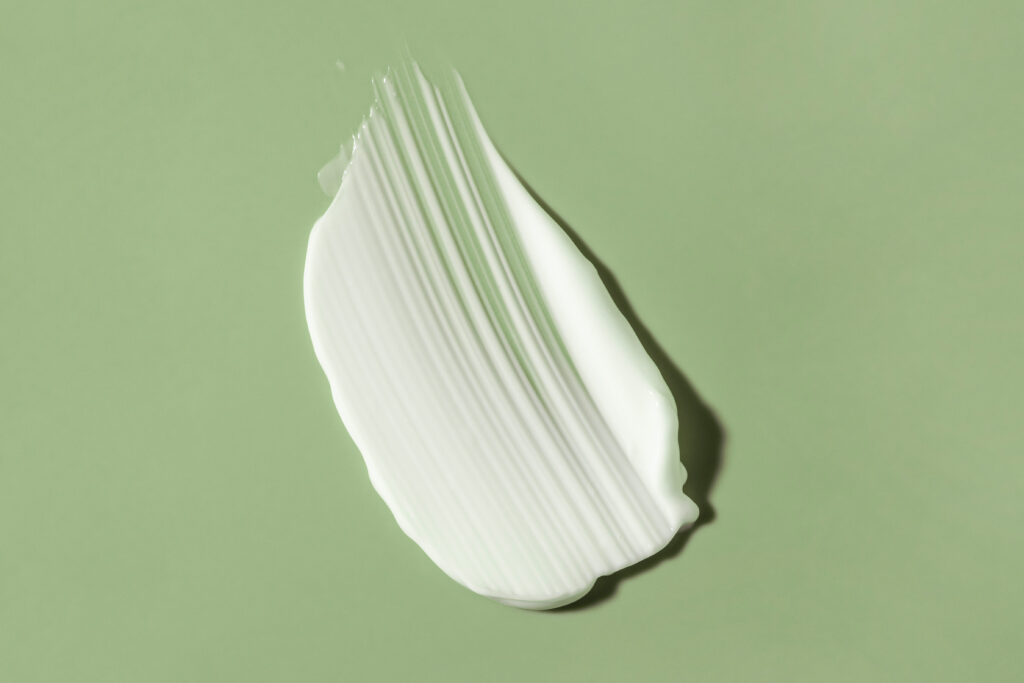
In the 1920s, the classic cold cream and hot towel beauty treatment was considered an essential ritual for glowing skin. It involved slathering thick cold cream onto the face and then covering it with a steaming hot towel. The idea was that the heat would help the cream sink in better and open the pores for deep cleansing.
While this might seem like a simple spa treatment, the combination of the thick cream and hot steam often left people feeling more irritated than rejuvenated. Today, we opt for gentler skincare techniques that provide the same benefits without the discomfort!
